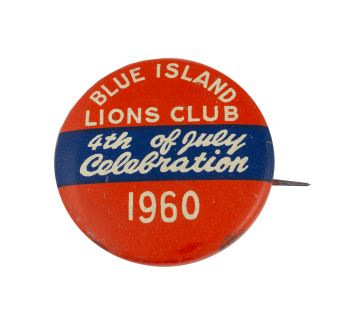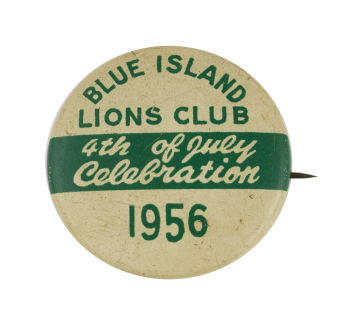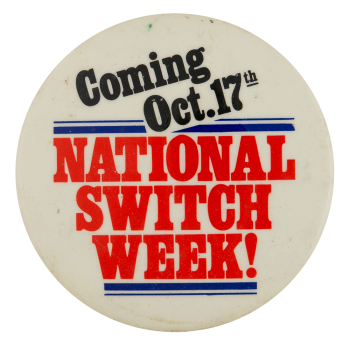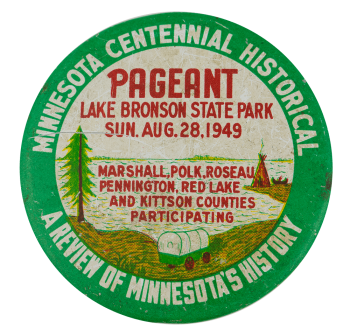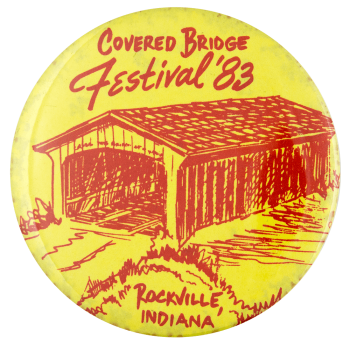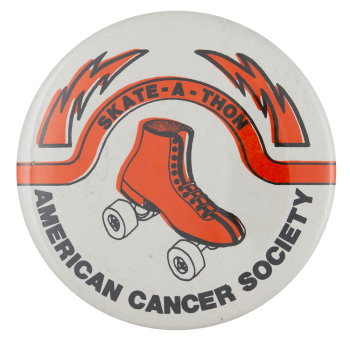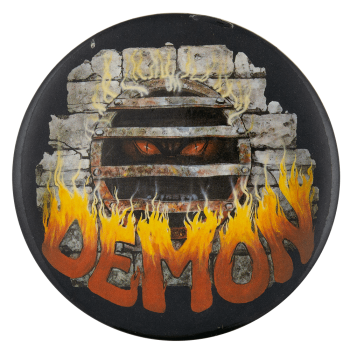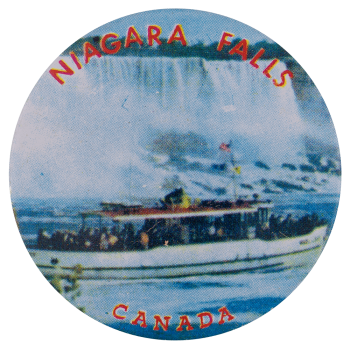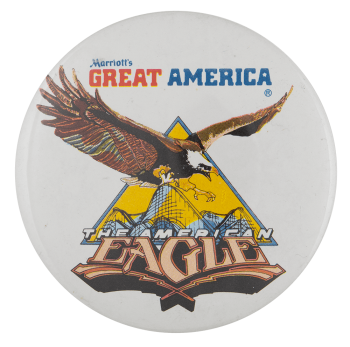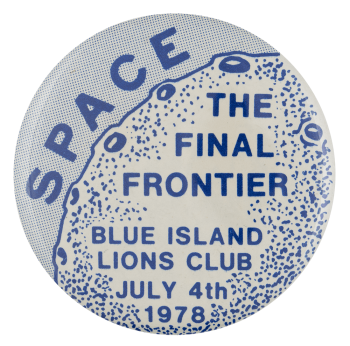Blue Island Lions 4th of July 1960
| Category | |
|---|---|
| Additional Images | |
| Sub Categories | |
| Text on Button | BLUE ISLAND LIONS CLUB 4th of July Celebration 1960 |
| Image Description | White text with blue stripe on red background. |
| Curl Text | Union bug Union bug |
| Back Style | |
| The Shape | |
| The Size | |
| Year / Decade Made | |
| Additional Information | 1960 marked the 14th annual Fourth of July Parade put on by the Blue Island Lions Club, as well as the 125th birthday of the city of Blue Island. The Lion’s Club is a secular service club organization which promotes volunteerism, community involvement, and environmental awareness. Each year, the Lion’s Club sold buttons along the parade route to raise money for club activities and future events. The parade started with the Junior Parade, followed by the Senior Parade. Amateur and professional floats were welcome, and parade entries could also participate in nearby parades in Harvey and Dolton, as they were not scheduled at the same time. Later in the evening, there was live entertainment before a firework display at the high school. |
| Catalog ID | EV0825 |

